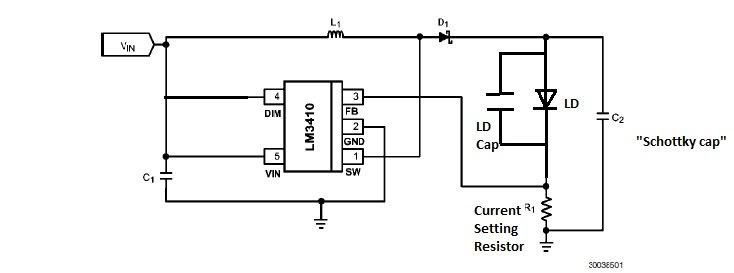- Joined
- Dec 10, 2011
- Messages
- 120
- Points
- 18
Hello everyone,
I apologize if this is a search away, I've searched many times over the past while but haven't found much information, despite my expectations that I would.
I took a course on DC-DC switching converters, but never learned anything about making a constant current driver. I would like to be able to do this so I don't have to go searching forever for a driver suitable for whatever diode I'm buying, plus I can get some design experience. Can anyone point me to application circuits, references, design examples, etc.?
Thank you!
I apologize if this is a search away, I've searched many times over the past while but haven't found much information, despite my expectations that I would.
I took a course on DC-DC switching converters, but never learned anything about making a constant current driver. I would like to be able to do this so I don't have to go searching forever for a driver suitable for whatever diode I'm buying, plus I can get some design experience. Can anyone point me to application circuits, references, design examples, etc.?
Thank you!






